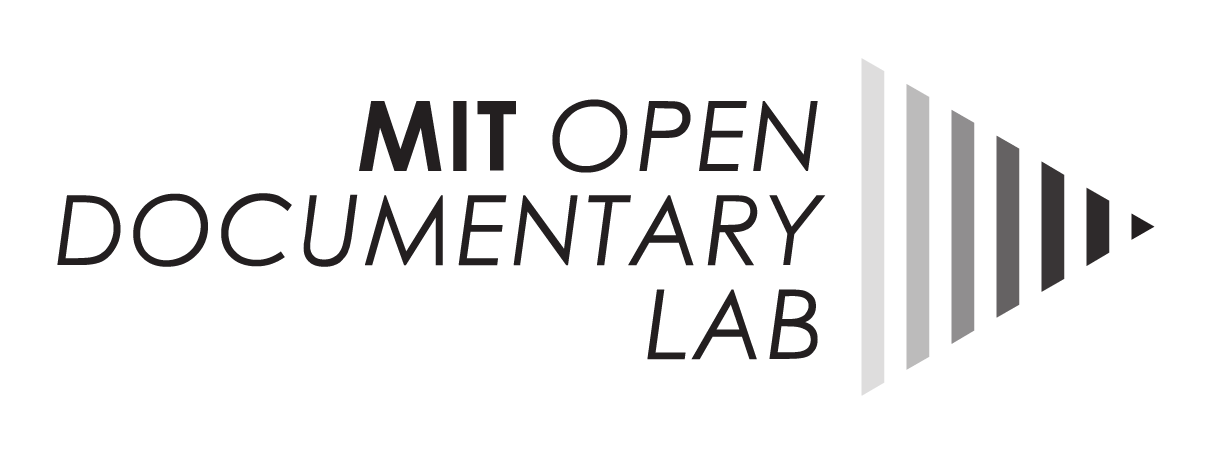
20 Aug COME/IN/DOC | Interactivity Definition [Part 2]
SEASON 2 – EPISODE 1 – PART 2: ‘INTERACTIVITY DEFINITION’
Here you can access the second part of the first episode:
[vimeo width=”580″ height=”330″]https://vimeo.com/176826827[/vimeo]
SELECTION OF KEY IDEAS (DIRECTOR’S CONTRIBUTION)
Yasmin Elayat (18 Days in Egypt): You are reaching out or building instead of just broadcasting or showcasing something. You’re actually making the public become immersed, influencing them, how they interact with the world itself. ‘I’m sitting at the table with you having a conversation’: this is how I see interactivity.
Jonathan Harris (Number 27): Call and response, input-output, you do something and you receive some feedback. I like the example of kids and how they interact physically with the world.
Mike Robbins (Helios Design Labs): To interact involves a transaction or transmission, it can happen in any format: around the fire, reading a book or watching an interactive documentary.
Katie Edgerton (MIT Open Documentary Lab Alumni): It’s a different way of engagement. It gives people a different kind of focus. Interaction allows people to take action, see how they can navigate through the world.
Robert K. Logan (University of Toronto): For me it is the possibility for two minds to exchange ideas. If I have an apple and you have an apple and we exchange the apples, each of us still has one apple. But if we exchange two ideas, each of us has two ideas. Interactivity makes us richer. Reading and poetry are very interactive: And remember what Marshall Mcluhan said: ‘the user is the content’.
Bjarke Myrthu (Blind Spot): Interactivity is this umbrella term which spans to the structure, which is non-linear, of the narrative. Another component is user engagement, and the collaboration stuff has to be taken into account as well.
Paulina Tervo (writethisdown): Interactivity can happen on several levels: you interact with other people, with the content, with modes of navigation, etc.
Richard Lachman (Ryerson University): There are a lot of definitions depending on the different fields. My favourite definition involves the idea that interactivity is a conversation: the most interactive object is another human being. I really like the way how we interact with books as well.
Paul Levinson (Fordham University): It’s me talking to you. Senders can become receivers and vice versa. Two people talking in person.
Jeremy Mendes (National Film Board of Canada): It’s anywhere between activating a scroll bar, deciding where you will go, etc.
Add your contribution here: http://comeindoc.com/contribute/
Website: http://comeindoc.com
Dr. Arnau Gifreu
COME/IN/DOC Director
Research affiliate
agifreu@mit.edu



